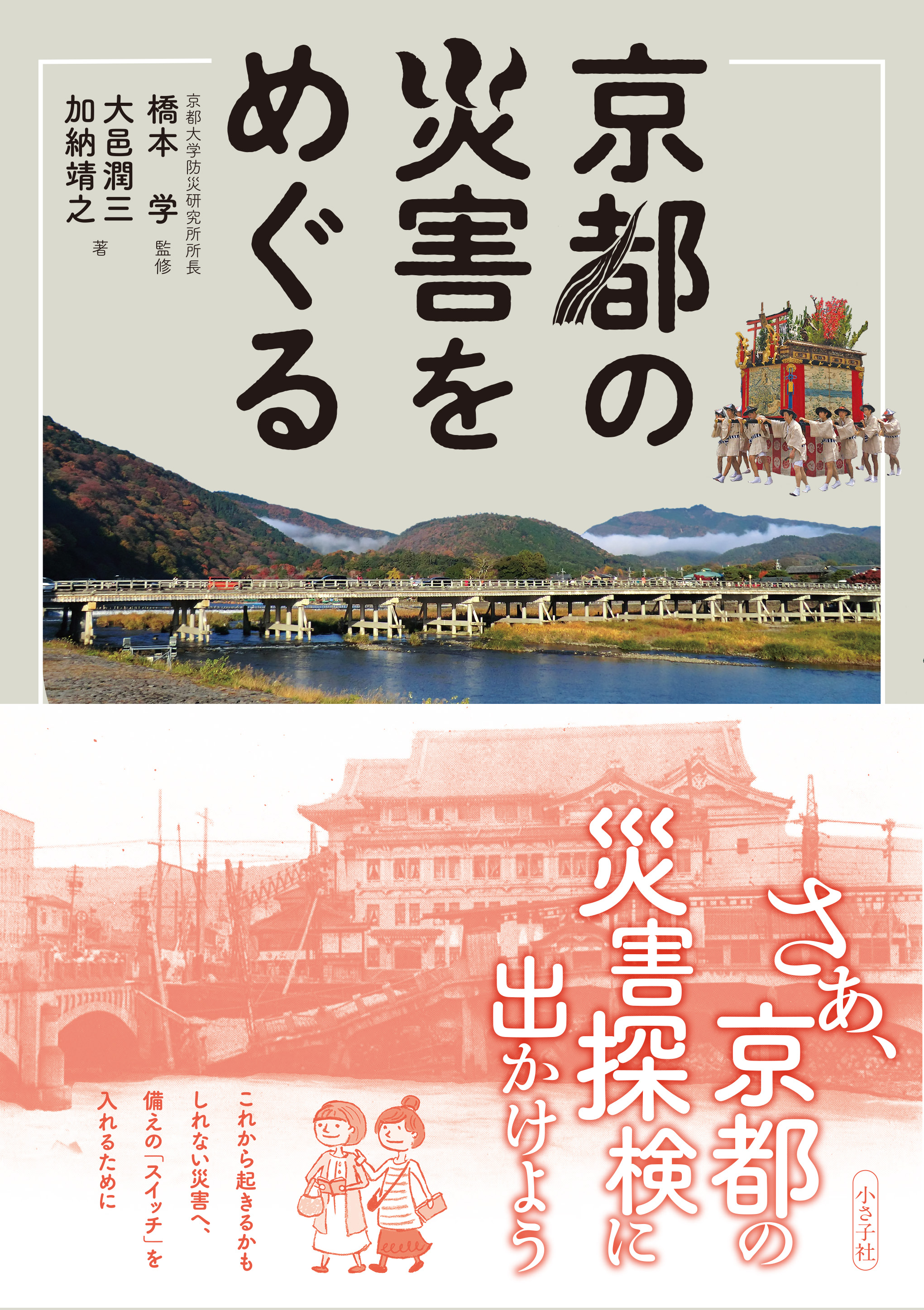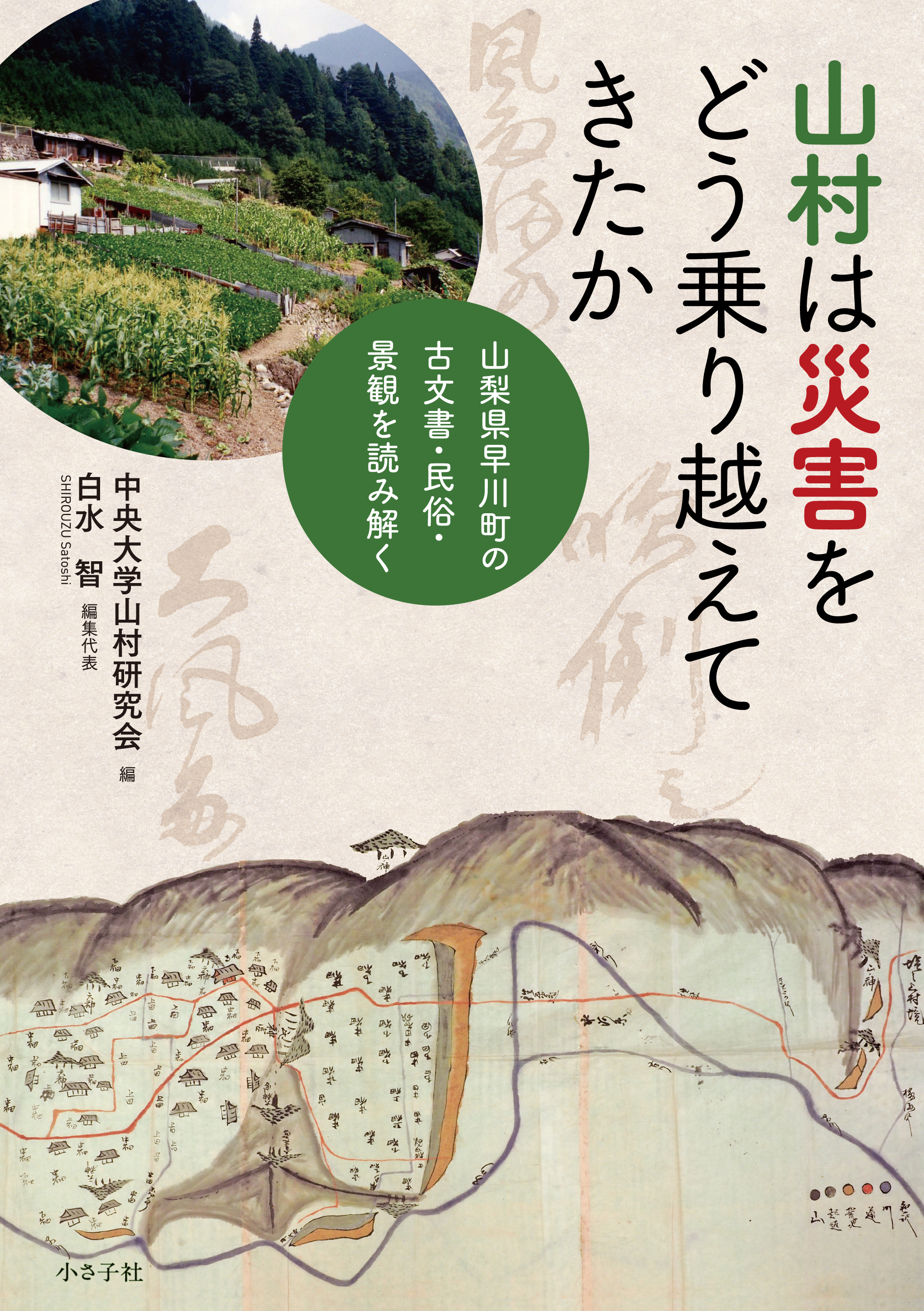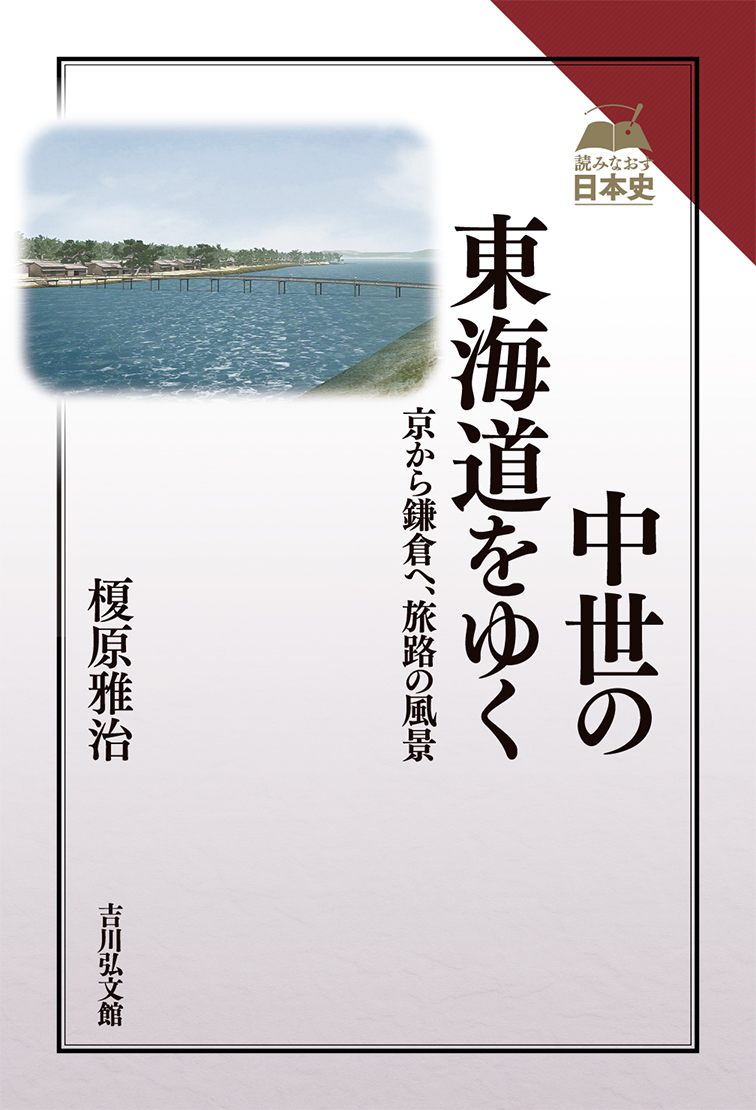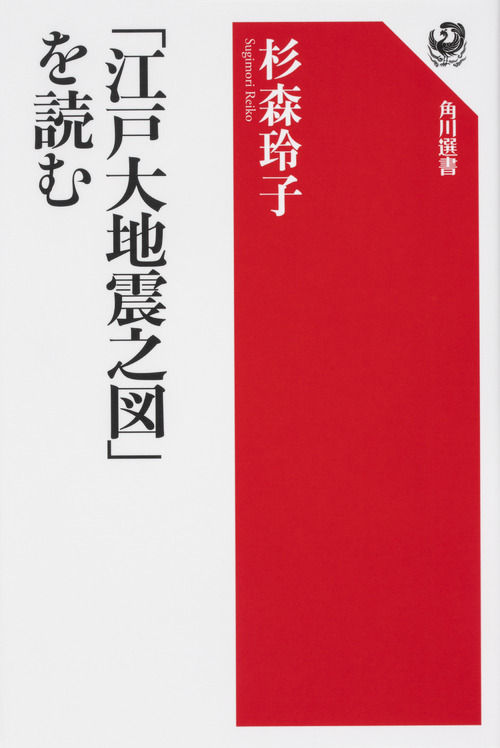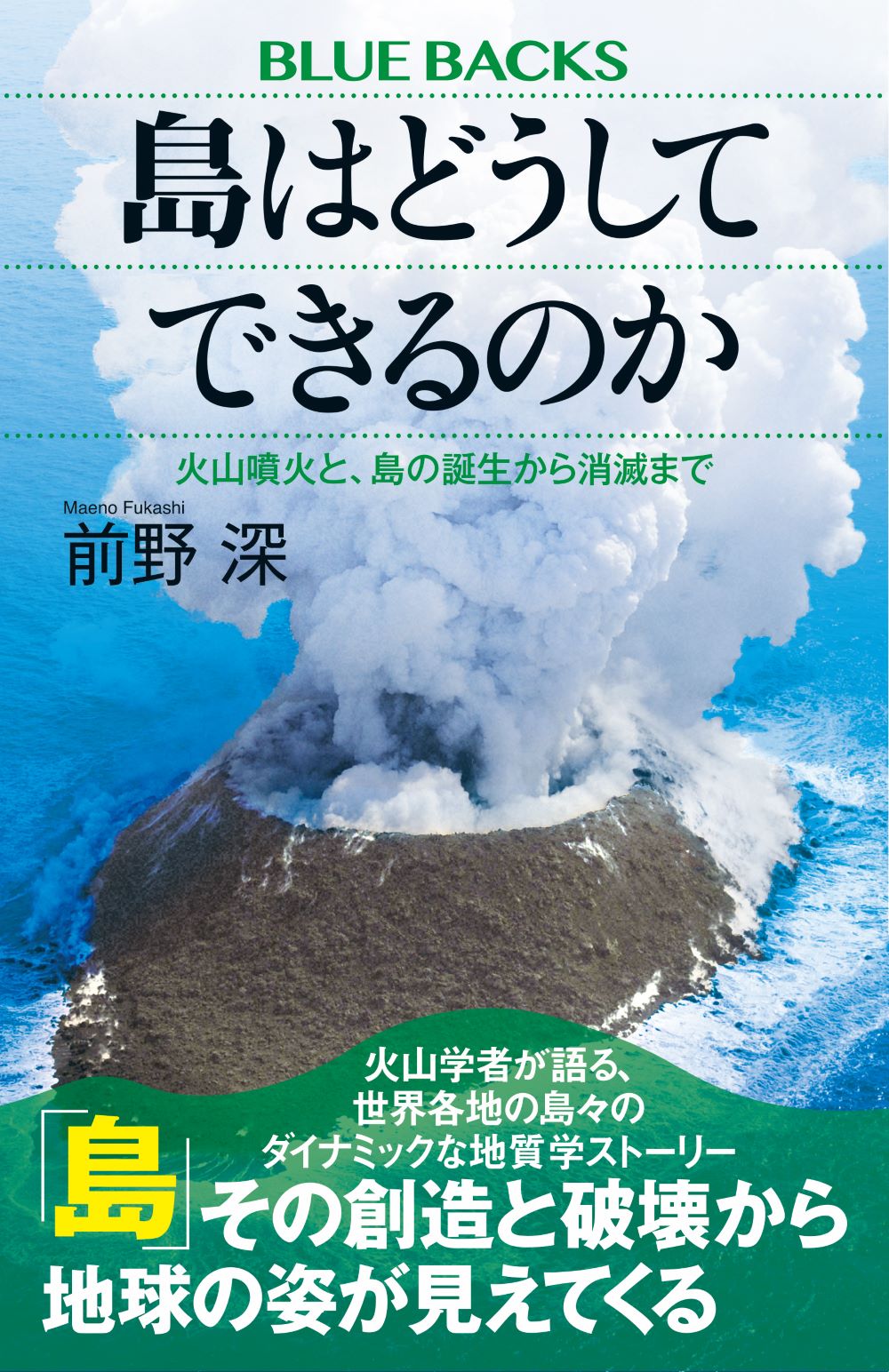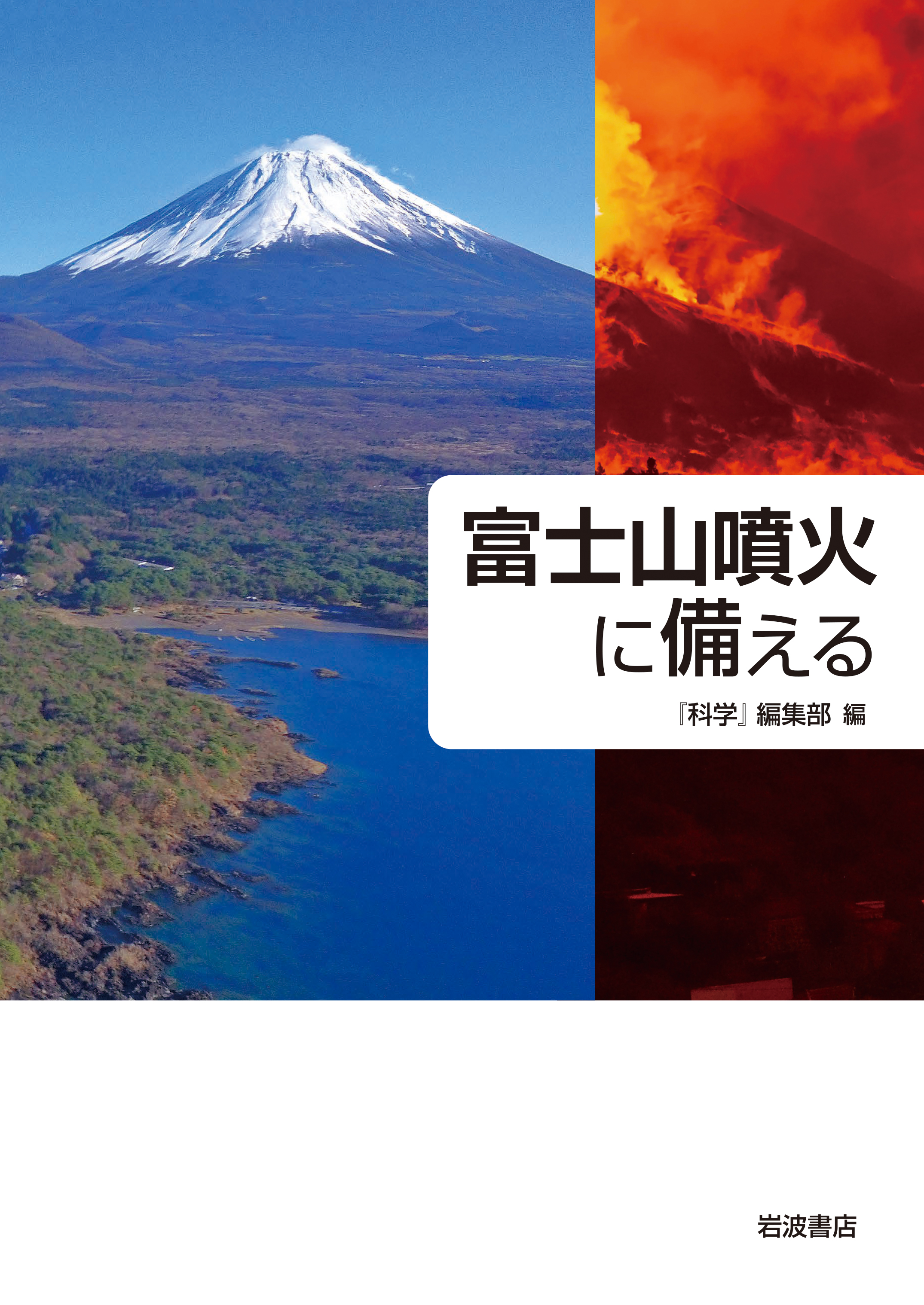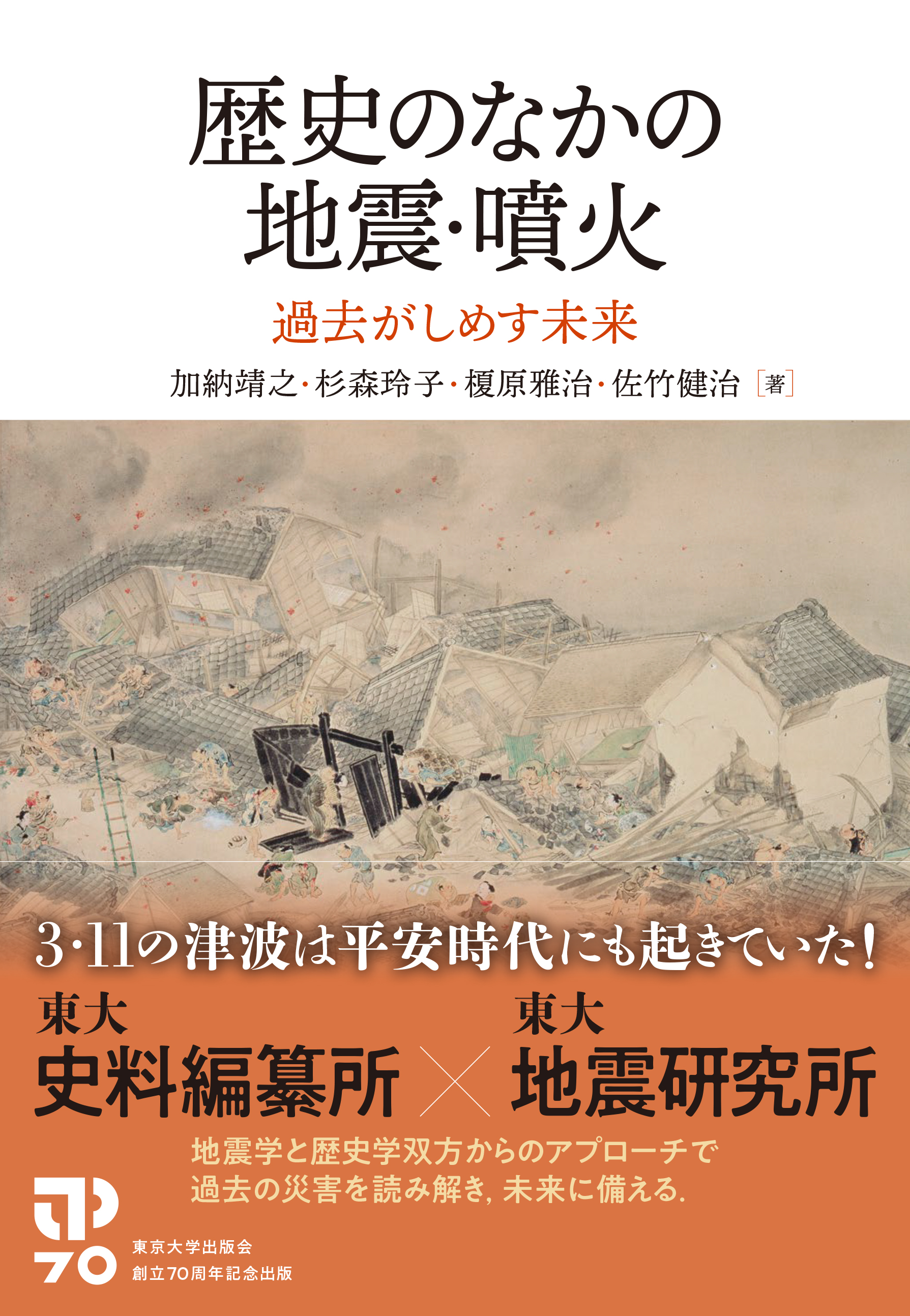
Title
Rekishi no naka no Jishin / Funka (Earthquakes and Volcanic Eruptions in Japanese History - Lessons from the Past for the Future)
Size
260 pages, 127x188mm
Language
Japanese
Released
March 19, 2021
ISBN
978-4-13-063716-9
Published by
University of Tokyo Press
Book Info
See Book Availability at Library
Japanese Page
One hundred and fifty years have passed since earthquakes began to be observed by means of modern instruments, and it is known that there are earthquakes in Japan that occur at intervals of more than one hundred years. In order to learn about such earthquakes and use this knowledge for future predictions, the study of earthquakes based on past historical sources is necessary. In 2017, the Earthquake Research Institute and the Historiographical Institute at the University of Tokyo collaborated to launch the Collaborative Research Organization for Historical Materials on Earthquakes and Volcanoes, which has been engaged in collecting and studying premodern historical materials relating to earthquakes. Since 2019, an academic frontier lecture series on “Historical Materials, Earthquakes, and Volcanic Eruptions” has been held, with two instructors from each of the two institutes, one in seismology and the other in history, taking turns to give the lectures. This book is based on the contents of these lectures.
Accounts recording the occurrence of earthquakes in Japan have been preserved in a great variety of historical sources, starting with the Nihon shoki, Japan’s oldest historical chronicle. There have until now been published thirty-five collections of source materials that bring together these accounts of earthquakes. Research on earthquakes in premodern times making use of these materials is advancing, and there are also quite a number of general books surveying the history of earthquakes in Japan. Among this research and these publications, a distinctive feature of this book is that, instead of taking up earthquakes of the premodern period in chronological order, it examines them in accordance with the geological background whereby they occurred.
In other words, earthquakes have been divided into (1) earthquakes caused by subduction of the Pacific Plate in the Japan Trench (earthquakes in the Tōhoku region), (2) earthquakes caused by subduction of the Philippine Sea Plate in the Nankai Trough, (3) earthquakes caused by active faults in the Japanese archipelago (inland earthquakes), and (4) earthquakes that occur directly below the Greater Tokyo Metropolitan Area where the Pacific Plate and Philippine Sea Plate subduct. The mechanisms whereby each of these four types of earthquakes occur are described by seismologists, while details of major earthquakes that have occurred in the course of Japan’s history are presented by historians. In this way, it is easy to understand how often massive earthquakes of each type have occurred and how much damage they have caused. In addition, the volcanic eruptions of Mount Fuji in the ninth and eighteenth centuries, which were closely related to massive earthquakes, are also described in concrete detail.
At the start of each chapter, an earthquake that has occurred in recent years is taken up so as to pique the reader’s interest. In sections dealing with history, source materials have been cited within reasonable bounds so as to illustrate the techniques of historical research. Concrete descriptions of the shaking and damage caused by earthquakes are also quoted with a view to conveying the graphic contents of historical materials. Another distinctive feature is the frequent use of stand-alone columns containing basic information about seismology, such as the size of earthquakes and the speed of tsunamis, and simple explanations of matters that are a precondition for historical research, such as expressions of time and the calendar in the premodern period, so as to accommodate non-specialist readers.
This book was written by seismologists and historians, and throughout the writing process we exchanged frank views with each other as to whether the explanations contained just the right amount of detail and whether the writing was clear and concise enough for the general reader. With regard to geology, volcanoes, and other topics that fell slightly outside our areas of expertise, we cooperated with each other to write the relevant sections. In co-authored books, it is often the case that different parts are written by different authors, but this book was quite literally co-authored by four authors from the two fields of history and seismology. It also incorporates the very latest findings of investigations of historical materials conducted by the Collaborative Research Organization for Historical Materials on Earthquakes and Volcanoes, and we would ask you to take a look at it.
(Written by Collaborative Research Organization for Historical Materials on Earthquakes and Volcanoes - KANO Yasuyuki, Associate Professor, Earthquake Research Institute and EBARA Masaharu, Professor, Historiographical Institute / 2021)



 Find a book
Find a book


 eBook
eBook